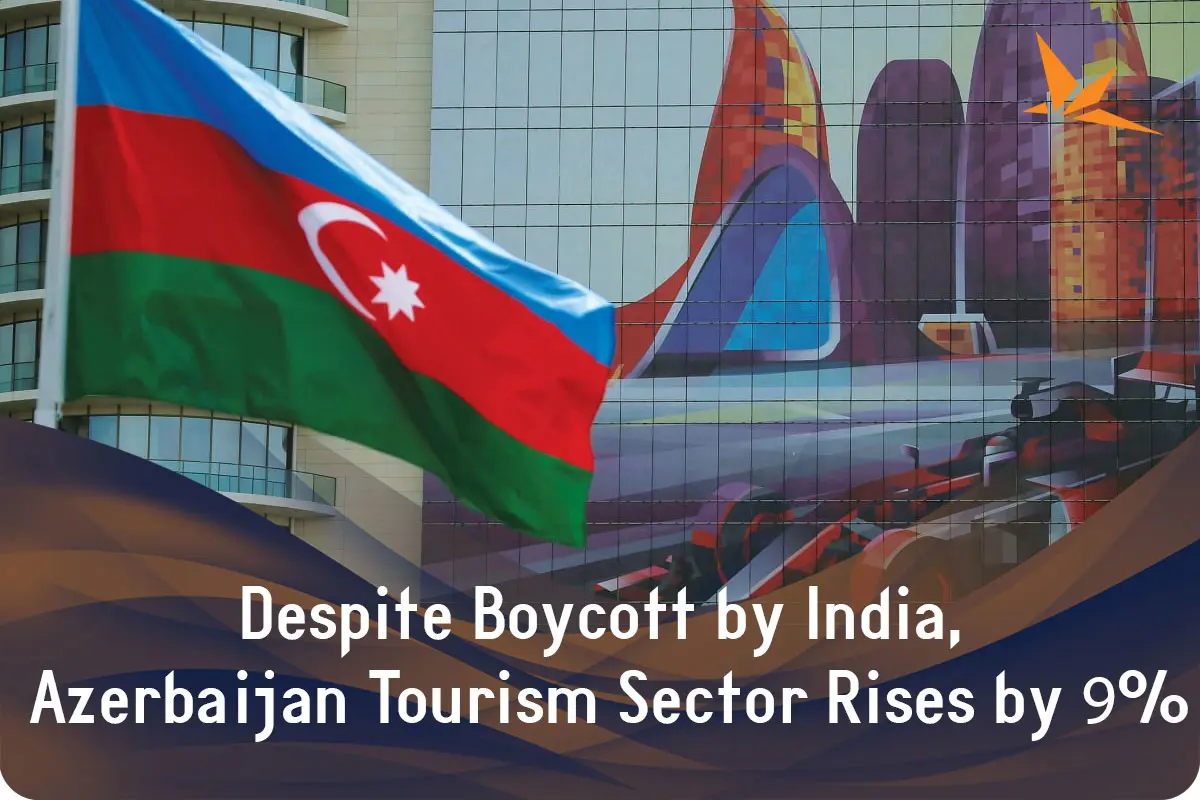
In a world where geopolitics often dictate travel decisions, Azerbaijan has shown remarkable resilience. Despite an active boycott from one of its key source markets—India—the country's tourism sector has not only survived but grown. New figures reveal that Azerbaijan tour packages & overall tourism saw a 9% increase in the first quarter of 2025, signaling the nation’s growing appeal among global travelers.
A Political Dispute Turns into a Tourism Test
Earlier this year, political tensions between India and Azerbaijan came to a head. Following a diplomatic spat where Azerbaijan expressed support for Pakistan during a Kashmir-related conflict, Indian citizens—backed by celebrities and business leaders—called for a boycott of Azerbaijan and Turkey. Social media hashtags like #BoycottAzerbaijan trended for days. Major Indian travel agencies such as EaseMyTrip, MakeMyTrip, and Cox & Kings pulled down listings for azerbaijan tour packages and canceled existing bookings.
The economic threat was real. Indian travelers have been among the top contributors to tours in Azerbaijan, with over 240,000 visiting in 2024 alone. That number was expected to grow even further this year—until the boycott began.
But surprisingly, Azerbaijan didn’t falter.
The Numbers Tell a Different Story
According to the Central Bank of Azerbaijan, the country's mutual tourism services turnover jumped by 8.8%, totaling $751.9 million in the first three months of 2025. This includes both domestic and international spending.
Even more encouraging is the fact that tourism exports—what foreigners spend in Azerbaijan—reached $380.5 million, exceeding tourism imports by $9.1 million. While the number of tourists dipped slightly (a 1.1% decrease in foreign arrivals), the money they spent increased. That tells us that visitors are choosing more premium, experience-rich azerbaijan tour packages.

What’s Driving This Growth?
The truth is, Azerbaijan has spent years building a diverse, resilient tourism industry. Its capital, Baku, has become a hotspot for international tourists thanks to modern architecture, Caspian Sea views, rich history, and vibrant nightlife. There’s growing interest in baku tour packages, especially among travelers from the Middle East, Central Asia, and Europe.
Destinations like Shahdag, Gabala, and the Sheki region are booming too. Shahdag alone welcomed over 170,000 tourists in the first half of the year—35% more than the previous year.
One reason for this success? A shift in marketing strategy. Tour operators in Azerbaijan have started focusing on luxury travel experiences and curated itineraries, making tours in Azerbaijan more appealing to high-end tourists. Rather than relying heavily on one source market, Azerbaijan has diversified. Countries like Russia, Saudi Arabia, Kazakhstan, China, and Israel are now key contributors to the inbound tourist flow.
Azerbaijan Tourism Boosted by Seamless Online E-Visa System
Azerbaijan tourism continues to gain momentum, supported by a fast, efficient, and traveler-friendly online e-visa process of Azerbaijan. Visitors from over 90 countries can now apply for their Azerbaijan visa online, receiving approval within just 3–5 working days. This digital convenience eliminates lengthy embassy procedures and encourages spontaneous travel planning for tourists seeking rich cultural experiences and breathtaking landscapes.
The simplified e-visa system has played a key role in promoting tours in Azerbaijan, making azerbaijan tour packages and baku tour packages more attractive to global travelers. It reflects Azerbaijan’s commitment to accessible and welcoming tourism.
More Flights to Baku, Better Access
Azerbaijan has also ramped up air connectivity. In the last year, Azerbaijan Airlines launched new routes, including direct flights to Seoul and key Middle Eastern cities. The Heydar Aliyev International Airport in Baku recorded a 31% increase in passengers, crossing the 7.5 million mark for the first time.
With more flights, better tour infrastructure, and growing international awareness, more people are adding azerbaijan tourism to their travel wishlists.
What About the Indian Market?
There’s no denying the impact of the Indian boycott. The drop in Indian tourist numbers is visible, and some small businesses in Baku that previously catered specifically to Indian travelers have felt the pinch. Indian wedding planners who used to book grand destination weddings in Azerbaijan have temporarily shifted their business to places like Georgia or the UAE.
But the government and private tour operators haven’t let that bring them down. Instead, they’ve leaned into storytelling, social media, and travel influencers to showcase Azerbaijan’s beauty to the rest of the world.
And there’s hope that the Indian boycott may not last long. History shows that such trends are often short-lived. With time, diplomacy may mend bridges, and Indian tourists—known for their love of culture and cuisine—might rediscover the charm of baku tour packages once again.
What's Next for Azerbaijan Tourism?
Looking forward, industry analysts are optimistic. The World Travel & Tourism Council (WTTC) forecasts that Azerbaijan’s tourism industry will contribute over ₼10 billion to its GDP in 2025, with international tourist spending expected to hit ₼5.5 billion.
There’s also a shift in how people are traveling. Instead of quick weekend getaways, travelers are now seeking experience-driven, slow travel. This aligns perfectly with what Azerbaijan offers—beautiful landscapes, authentic cultural experiences, and warm hospitality.
Whether you're exploring the cobbled streets of the Old City in Baku, enjoying the snowy slopes of Shahdag, or savoring dolma and saffron-infused rice in a local home—Azerbaijan delivers memories that go beyond politics.
Azerbaijan’s message to the world is clear: tourism is not just about numbers—it’s about experience, connection, and discovery. Despite external challenges, the country has managed to not just survive—but thrive—thanks to its adaptability, infrastructure, and strategic planning.
So whether you’re from the Middle East, Europe, Central Asia—or even India in the near future—there’s never been a better time to explore the wonders of azerbaijan tourism.
From bustling Baku to the peaceful Caucasus mountains, Azerbaijan is open, welcoming, and on the rise.
;More Travel News
-
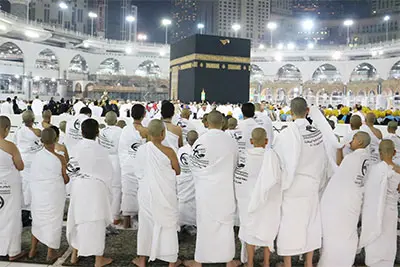 28-Apr-2025Umrah Package Holders: April 29 is the Last Date to Depart from Saudi Arabia
28-Apr-2025Umrah Package Holders: April 29 is the Last Date to Depart from Saudi Arabia -
 27-Jan-2025Best Airlines for Pilgrimage Travelers in 2025
27-Jan-2025Best Airlines for Pilgrimage Travelers in 2025 -
 23-May-2025A New Horizon for Connectivity: PIA Launches Direct Lahore to Paris Flights
23-May-2025A New Horizon for Connectivity: PIA Launches Direct Lahore to Paris Flights -
.webp) 04-Jul-2025The Evolving Sands of Gulf Tourism: Why UAE, Qatar, and Saudi Travelers Are Shifting Away from Traditional Shopping Malls
04-Jul-2025The Evolving Sands of Gulf Tourism: Why UAE, Qatar, and Saudi Travelers Are Shifting Away from Traditional Shopping Malls -
.webp) 02-May-2025UK Welcomes More International Students: A Positive Sign for Travelers and the Economy
02-May-2025UK Welcomes More International Students: A Positive Sign for Travelers and the Economy -
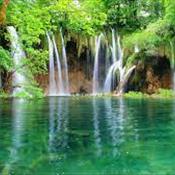 25-Jun-2021Top 10 Destinations In Turkey And Why Pakistanis Would Like Them
25-Jun-2021Top 10 Destinations In Turkey And Why Pakistanis Would Like Them -
 22-Apr-2025Saudi nationals are now permitted to travel to Pakistan without a visa.
22-Apr-2025Saudi nationals are now permitted to travel to Pakistan without a visa. -
 16-Nov-2019Wear Abaya in Saudi during Hjj and Umrah
16-Nov-2019Wear Abaya in Saudi during Hjj and Umrah -
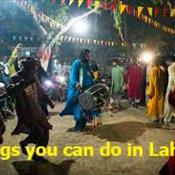 30-Jun-201910 Things You Can Do in Lahore That You Cannot Do Anywhere Else
30-Jun-201910 Things You Can Do in Lahore That You Cannot Do Anywhere Else -
 11-Feb-2025Pakistani Umrah Pilgrims Offloaded Due to Lack of Polio Vaccination Certificates
11-Feb-2025Pakistani Umrah Pilgrims Offloaded Due to Lack of Polio Vaccination Certificates -
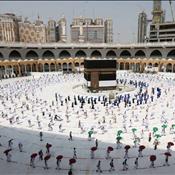 04-Oct-2020Saudi Arabia Resumes Umrah Pilgrimage To Mecca After Seven Months
04-Oct-2020Saudi Arabia Resumes Umrah Pilgrimage To Mecca After Seven Months -
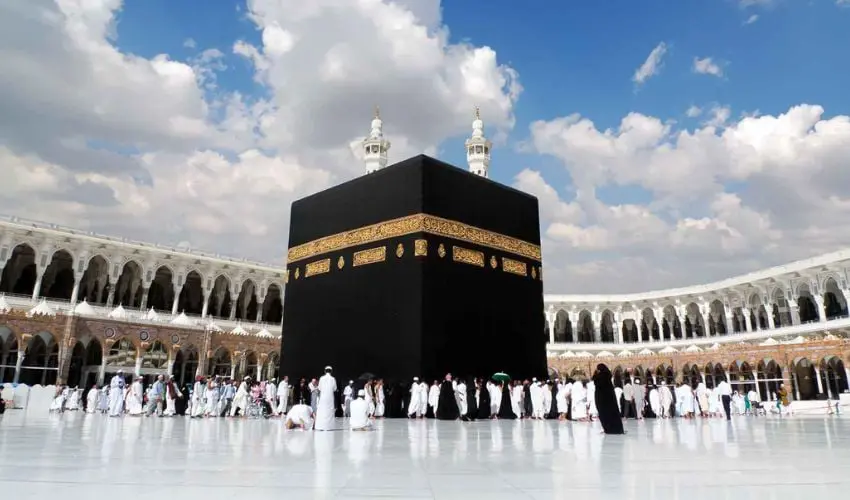 14-May-2025First Batch of Pakistani Hajj Pilgrims Arrives in Jeddah, Marking the Beginning of the Annual Pilgrimage
14-May-2025First Batch of Pakistani Hajj Pilgrims Arrives in Jeddah, Marking the Beginning of the Annual Pilgrimage
